There are 3 ways to measure a fish:
– Total length: from the end of the mouth to the end of the caudal fin.
– Standard length: from the end of the mouth to the base of the tail, at the level of the origin of the caudal fin rays.
– Fork length: from the end of the mouth to the posterior end of the central caudal rays. This measurement is used instead of standard length for fish where it is difficult to see the end of the backbone, and instead of total length for fish with stiff, bifurcated tails, such as tuna for example.
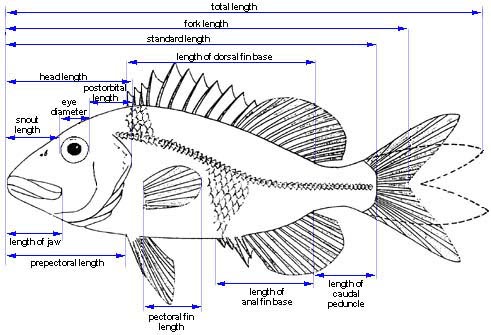
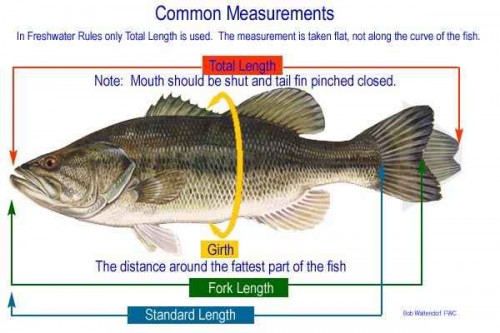
Whether for fishing or ichthyology, except for certain species, by default we use the total length of the fish that is used the most.
It is measured with an ichthyometer, an instrument for measuring fish:
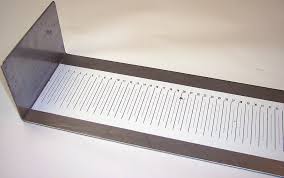
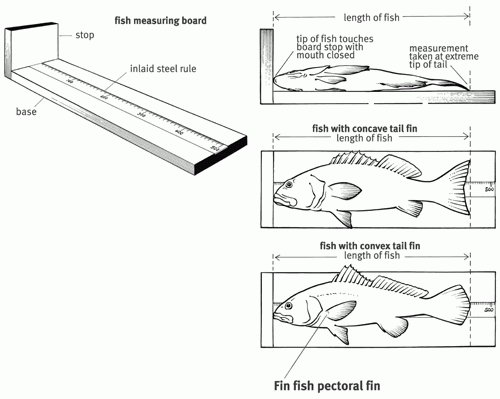
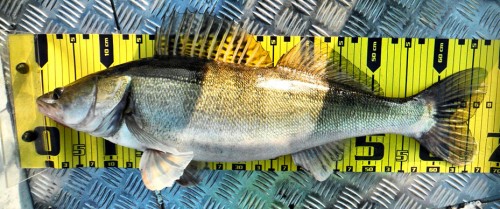
In aquariums, there are no rules and everyone can use the measure they want as long as they use the terms correctly and indicate their way of measuring, with or without the tail for example. In the Discus for example, we have always used the total length (with the tail) as for the other fish, but we also often see the standard length (without the tail) used. This could be explained by the term “standard” which would suggest that it is the measure to be used when this is not necessarily the case.
Using total length is more accurate and you will see in those who use standard length a margin like 6-8 cm or 10-12 cm which leaves a margin of error.
So there is no single rule and everyone can include or exclude the tail in these measures, it just needs to be made clear.